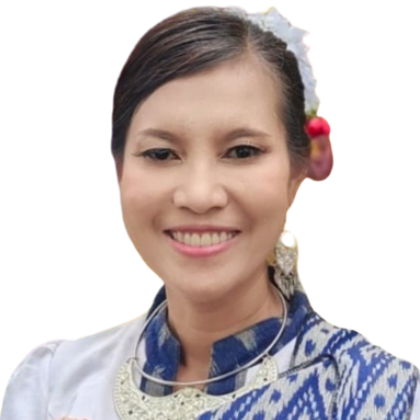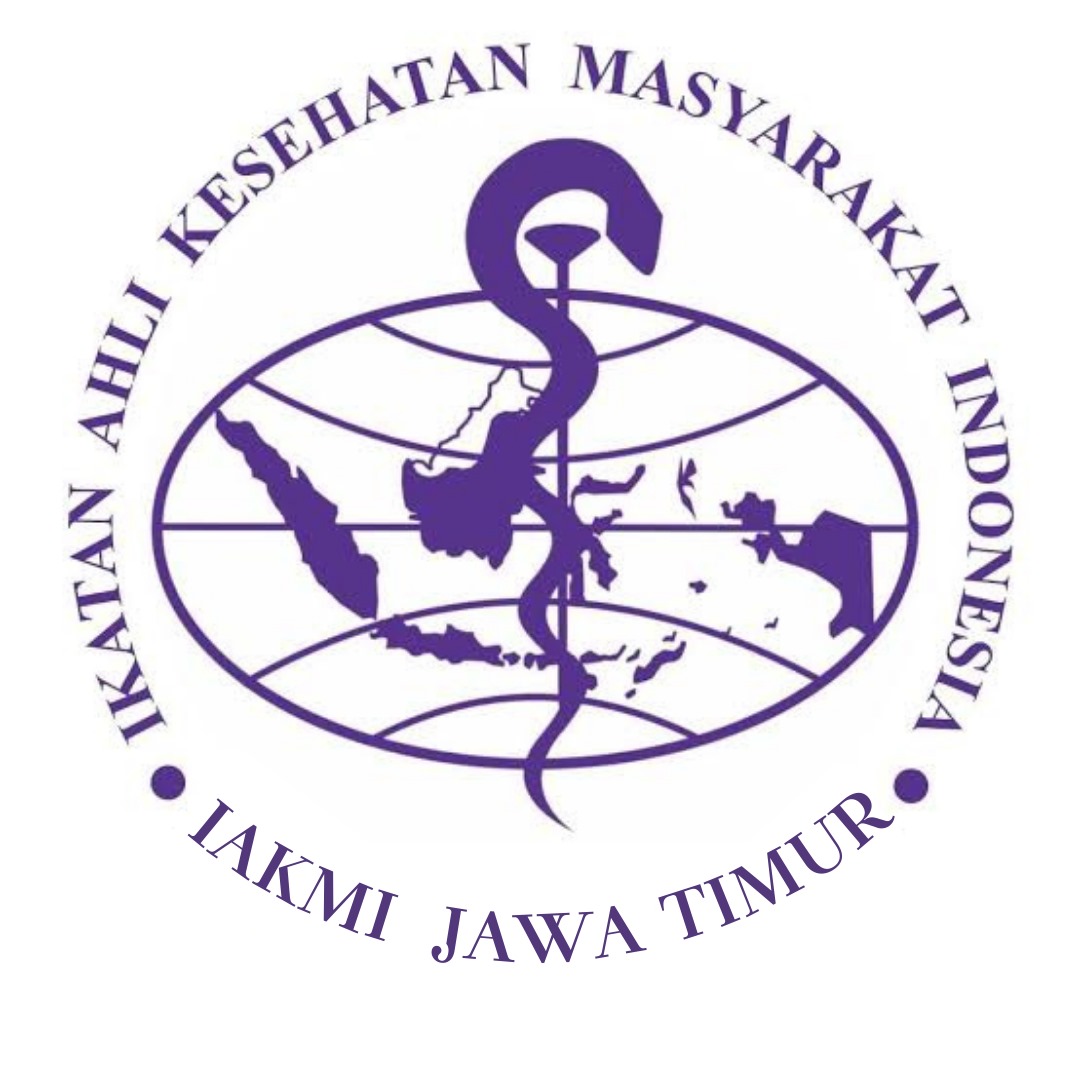Early Marriage and Various Factors That Affect
Background: In the Sustainable Goal Development or SDGs, one of the efforts made is to achieve gender equality and empower women, namely SDGs goal number five. One of the efforts made is to eliminate child marriage and early age marriage.
Objective: This study aims to identify the factors causing early age marriage in Wonosari sub-district, Gunungkidul district. The factors that influence early marriage are respondent characteristics, level of knowledge, attitudes, family support, the role of peers and access to information.
Methods: This research is an analytical survey using a cross-sectional design with a quantitative approach. by using research subjects in the form of respondents as many as 115 respondents while the object of research is in Wonosari sub-district, Gunung Kidul Regency, Yogyakarta.
Result: The results of the analysis in this study indicate that education has a negative and significant effect on early marriage. Knowledge has a negative and significant effect on early marriage. Family support has a positive and significant effect on early marriage. The role of peers has a positive and significant effect on early marriage. Access to information has a negative and significant effect on early marriage. Employment status has a negative and insignificant effect on early marriage. Family income has a negative and insignificant effect on early marriage and attitudes have a positive and insignificant effect on early marriage.
Conclusion: Education, knowledge, the role of peers, access information have significant effect on early marriage. Employment status, family income, and attitudes have insignificant effect on early marriage.
Arimurti, I., & Nurmala, I. (2017). Analisis Pengetahuan Perempuan Terhadap Perilaku Melakukan Pernikahan Usia Dini Di Kecamatan Wonosari Kabupaten Bondowoso. The Indonesian Journal of Public Health, 12(2), 249-262.
Aulia, Ayuning, Taufik M, Lidia Hastuti. 2013. Faktor-Faktor Yang Mempengaruhi Perkawinan Usia Muda Pada Remaja Putri Usia 10-19 Tahun Di Kecamatan Selakau Kabupaten Sambas, Fakultas Ilmu Kesehatan Universitas Muhammadiyah Pontianak diunduh Openjurnal.Unmuhpnk.Ac.Id/Index.Php/Jjum/Article/Download/341/276 pada tanggal 5 Mei 2019 pukul 21.00 WIB
Badan Pusat Statistik. 2015. Survey Demografi dan Kesehatan Indonesia (SDKI) 2014. Jakarta: BPS
Badan Pusat Statistik. 2014. Statistik Kesejahteraan Rakyat 2013. Jakarta: BPS
Desiyanti, I. W. (2015). Faktor-faktor yang berhubungan terhadap pernikahan dini pada pasangan usia subur di Kecamatan Mapanget Kota Manado. Jikmu, 5(3).
Ekawati, E., & Indriyanti, K. (2017). Sikap Remaja Putri Terhadap Pernikahan Dini di Dusun Wonontoro Desa Jatiayu Kecamatan Karangmojo Kabupaten GUnungkidul. Journal of Health (JoH), 4(1), 35-41.
Ghozali, Imam. 2013. Aplikasi Analisis Multivariat Dengan Program SPSS. Semarang: Badan Penerbit Universitas Diponegoro.
Khilmiyah. 2014. Pandangan Remaja dan Orang Tua terhadap Pernikahan Dini dalam Membangun Keluarga di Kabupaten Bantul Yogyakarta: Lembaga Penelitian dan Pengabdian Masyarakat Universitas Muhammadiyah Yogyakarta.
Knox, S. E. M. 2017. How they see it: Young women's views on early marriage in a post-conflict setting. Reproductive Health Matters, 25(October), S96–S106. https://doi.org/10.1080/09688080.2017.1383738
Halawani, Nazli. 2017. Faktor Yang Berhubungan Dengan Pernikahan Usia Dini Terhadap Remaja Putri. Jurnal Endurance 2(3) October 2017 (424-435) Ejournal.Kopertis10.Or.Id/Index.Php/Endurance/Article/Download/2283/835 tanggal 7 Mei 2019 Pukul 21.00 WIB.
Hastuty, Y. D. (2018). Faktor-faktor yang berhubungan dengan terjadinya pernikahan dini di Desa Sunggal Kanan Kabupaten Deliserdang. AVERROUS: Jurnal Kedokteran dan Kesehatan Malikussaleh, 2(2), 55-64.
Mesra, E. (2016). Pengaruh Teman Sebaya Terhadap Perilaku Seksual Remaja. Jurnal Ilmiah Bidan, 1(2), 34-41.
Kurniawati, L., Nurrochmah, S., & Katmawanti, S. (2017). Hubungan antara tingkat pendidikan, status pekerjaan dan tingkat pendapatan dengan usia perkawinan pertama wanita di Kelurahan Kotalama Kecamatan Kedungkandang Kota Malang. PREVENTIA, 2(1).
Notoatmodjo S. 2012. Metodologi Penelitian Kesehatan. Revisi. Jakarta: PT Rineka Cipta.
Notoatmodjo S. 2014. Promosi Kesehatan dan Ilmu Perilaku. Revisi. Jakarta: PT Rineka Cipta.
Oktavia, E. R., Agustin, F. R., Magai, N. M., Widyawati, S. A., & Cahyati, W. H. (2018). Pengetahuan Risiko Pernikahan Dini pada Remaja Umur 13-19 Tahun. HIGEIA (Journal of Public Health Research and Development), 2(2), 239-248.
Pohan, N. H. (2017). Faktor-Faktor yang Berhubungan Dengan Pernikahan Usia Dini terhadap Remaja Putri. Jurnal Endurance, 2(3), 424-435.
Rafidah, Emilia O, Wahyuni B. 2009. Faktor-Faktor yang Berhubungan dengan Pernikahan Usia Dini di Kabupaten Purworejo Jawa Tengah.
Sari, D. A. E. C. M. (2015). Hubungan dukungan keluarga dengan motivasi remaja terhadap pernikahan dini di Desa Sukowono Kecamatan Sukowono Kabupaten Jember.
Setiawati, E. (2018). Hubungan pengetahuan remaja tentang resiko pernikahan dini dengan keinginan melakukan pernikahan dini. Jurnal Ilmiah Kesehatan Ar-Rum Salatiga, 2(2), 47-53.
Septialti, D., Mawarni, A., Nugroho, D., & Dharmawan, Y. (2017). Hubungan Pengetahuan Responden dan Faktor Demografi dengan Pernikahan Usia Dini di Kecamatan Banyumanik Tahun 2016. Jurnal Kesehatan Masyarakat (e-Journal), 5(4), 198-206.
Susanto. 2012. Buku Ajar Keperawatan Keluarga Teori dan Praktik. Jakarta: EGC.
Wulanuari, K. A., Anggraini, A. N., & Suparman, S. (2017). Faktor-Faktor yang Berhubungan dengan Pernikahan Dini pada Wanita. Jurnal Ners dan Kebidanan Indonesia, 5(1), 68-75.
Qibtiyah, Mariatul. 2014. Faktor yang Mempengaruhi Perkawinan Muda Perempuan. Jurnal Biometrika dan Kependudukan, Vol. 3, No. 1 Juli 2014: 50-58 diunduh dari http://journal.unair.ac.id/download-fullpapers-biometrik289f6d5a6dfull.pdf pada tanggal 6 Mei 2019 pukul 15.00 WIB.
Copyright (c) 2022 Sinta Pramitasari, Hario Megatsari

This work is licensed under a Creative Commons Attribution-ShareAlike 4.0 International License.
Media Gizi Kesmas by Unair is licensed under a Creative Commons Attribution-ShareAlike 4.0 International License.
1. The journal allows the author(s) to hold the copyright and to retain the publishing right of the article without restrictions.
2. The legal formal aspect of journal publication accessibility refers to Creative Commons Attribution-Share-Alike (CC BY-SA).
3. The Creative Commons Attribution-Share-Alike (CC BY-SA) license allows re-distribution and re-use of a licensed work on the conditions that the creator is appropriately credited and that any derivative work is made available under "the same, similar or a compatible license”. Other than the conditions mentioned above, the editorial board is not responsible for copyright violations.



















